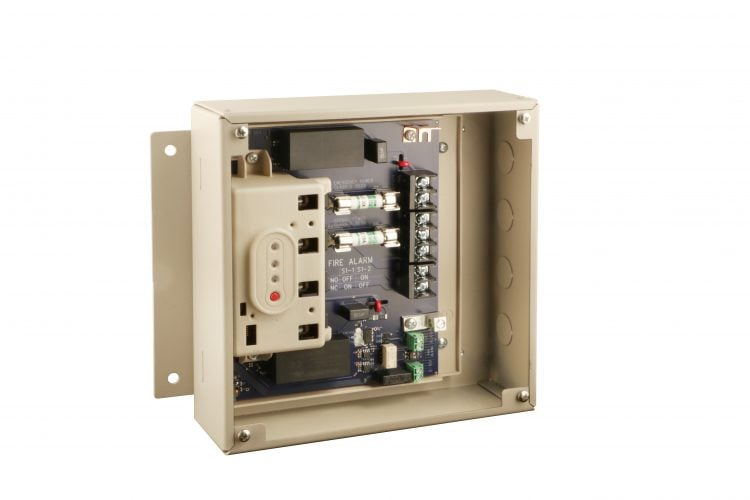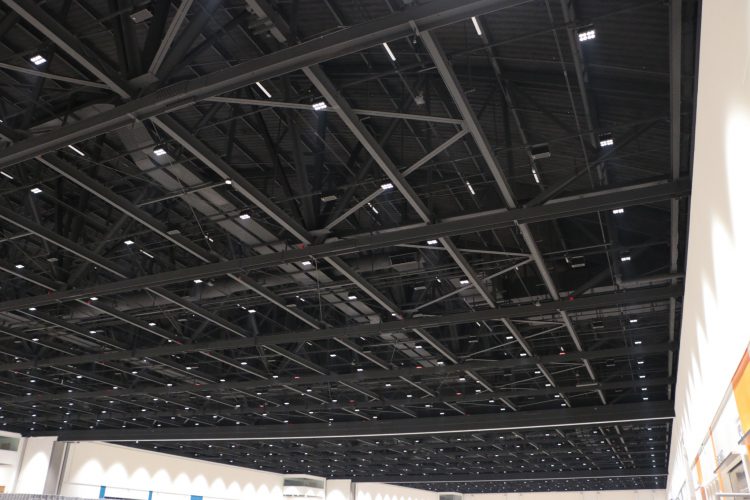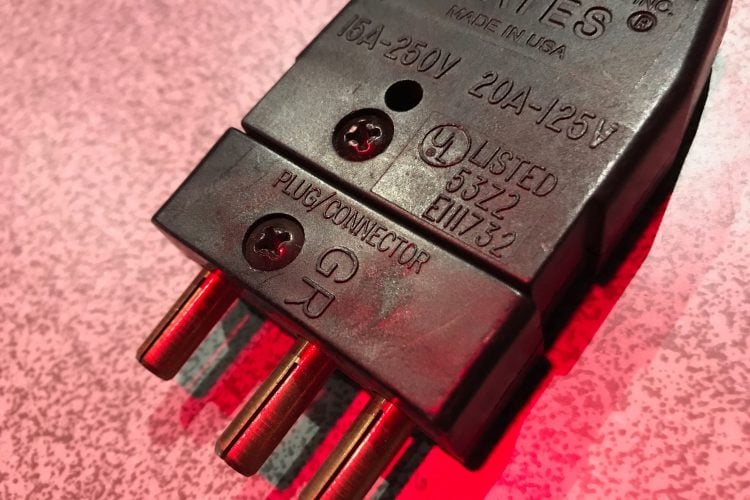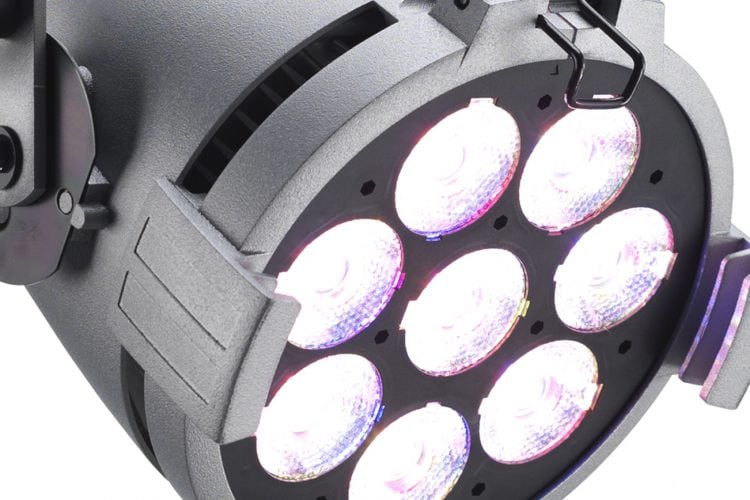What does the Code say?
In the 2017 edition of the National Electrical Code, an important new emergency lighting control device was introduced in article 700: the Branch Circuit Emergency Lighting Transfer Switch, or BCELTS. After years of industry misapplication of automatic load control relays (ALCR’s) to transfer a load between normal and emergency power, the BCELTS was created and added to the UL1008 standard for Transfer Equipment to solve the misapplication problem. It was then added to the NEC with the following requirements:
- For use on emergency lighting loads only
- Maximum branch circuit rating 20 amps
- Does not need to be mechanically held like a general-purpose emergency transfer switch
- Must be Listed under the UL1008 standard for Transfer Equipment
The result was an excellent and useful solution to the problem of transferring emergency loads between normal and emergency power that represented an order-of-magnitude cost reduction for a code-compliant and safe emergency transfer switch.
Why should I care about the details of UL Product testing on a BCELTS?
The answer to the question posed in the title of this post requires some digging into the UL1008 standard and its requirements. When the UL Standards Technical Panel for UL1008 created the BCELTS, they agreed that giving up the mechanical hold requirement was appropriate for a branch circuit emergency transfer device rated not larger than 20A. However, they insisted that all the other applicable requirements of UL1008 still applied to the BCELTS—because it is a life safety device. I often refer to this pile of UL1008 tests as diabolical because they are unique to transfer switches and extremely difficult for a manufacturer to pass. They include reliability endurance (6000 switching cycles at rated load) and fault current withstand, or short-circuit current ratings (SCCR).
What is unique about UL1008 fault current withstand tests is that after a short circuit, the device must still be capable of switching—the contacts of the device cannot weld and disable movement of the switch. UL1008 gives manufacturers some choices about how the fault current withstand test is performed, and these choices resolve to one of the following:
A. Design the switch to withstand the required short circuit current for three cycles of the AC line, or approximately 50 milliseconds. Generally, this requires the switch to be an impractically large, robust, and costly device. In the unlikely event that a manufacturer chose this route, the BCELTS would have to be clearly marked “SHORT CIRCUIT WITHSTAND AND CLOSING RATINGS” followed by the applicable ratings. It is highly unlikely that you would ever see this marking on a BCELTS.
B. Specify, test, and clearly mark the switch for use with only specific circuit breaker types and manufacturers. This is generally thought to be impractical, because users want to be able to choose any manufacturer of and type of circuit breaker to feed the switch—especially on branch circuits where a BCELTS lives.
C. Specify, test, and clearly mark the switch for use with a fuse of a specific type and rating. This fuse may be internal to the device or external to the device and installed by the end user. It is this choice of a specific fuse that provides a reasonable balance of safety, usability, and economy.
Choice C above has been implemented by all the BCELTS manufacturers currently on the market. This includes ETC’s model SC1008 BCELTS which contains integral current-limiting fuses inside the device enclosure. In designing the SC1008, we reasoned that, if specific fuses were required to remain compliant with its UL Listing each and every time the BCELTS was installed, those fuses must be included inside the device. If not, where would the installer mount the required fuses? Or would they even get installed?
But what if there are no fuses inside a BCELTS?
Even if a manufacturer chose specific fuses as the method for SCCR testing and marking, they may have elected to leave the required fuses out of the product, thus placing the responsibility and cost on the installer to figure out how and where to locate the fuses. This can be a challenge, especially since some manufacturers don’t even supply the required specific external fuses with the BCELTS. Often, the result is that the fuses just don’t get installed—thus violating the listing requirements of the BCELTS, voiding its short-circuit current rating (SCCR), and creating a potentially unsafe condition. The instruction manuals on these devices are often silent on the fact that the fuses are an absolute requirement of the product listing and are mandatory, not optional in a field installation. UL is taking action to have this documentation issue corrected.
Conclusion
The ETC SC1008 Branch Circuit Emergency Lighting Transfer Switch is the only UL1008-compliant BCELTS currently on the market that includes fuses required by the UL1008 standard that are integral to the product. This results in a significantly lower cost and ease of installation when compared competitive BCELTS products from other manufacturers that do not have integral fuses.





